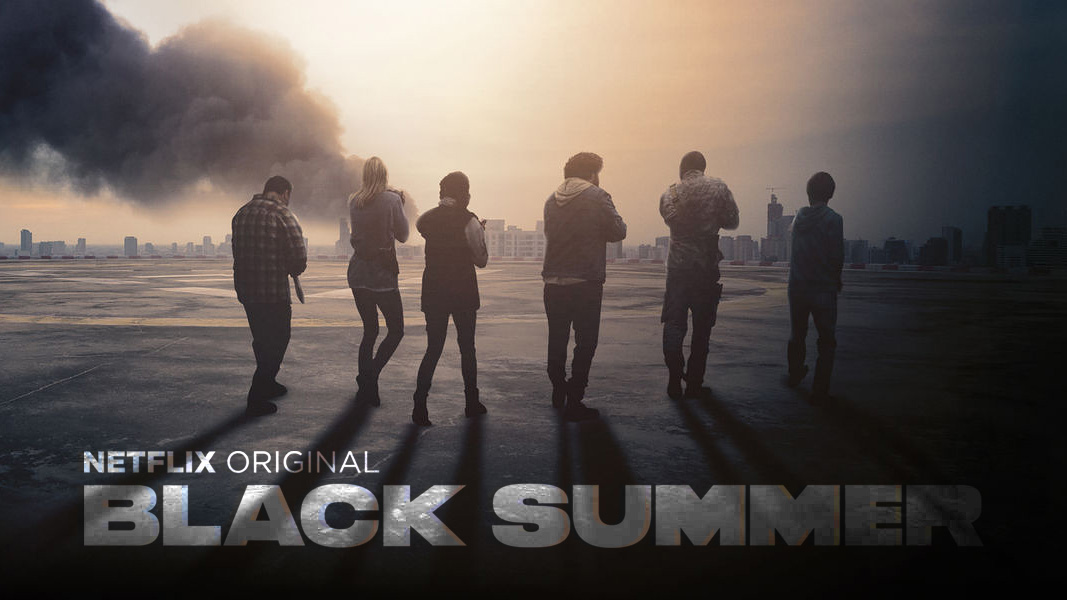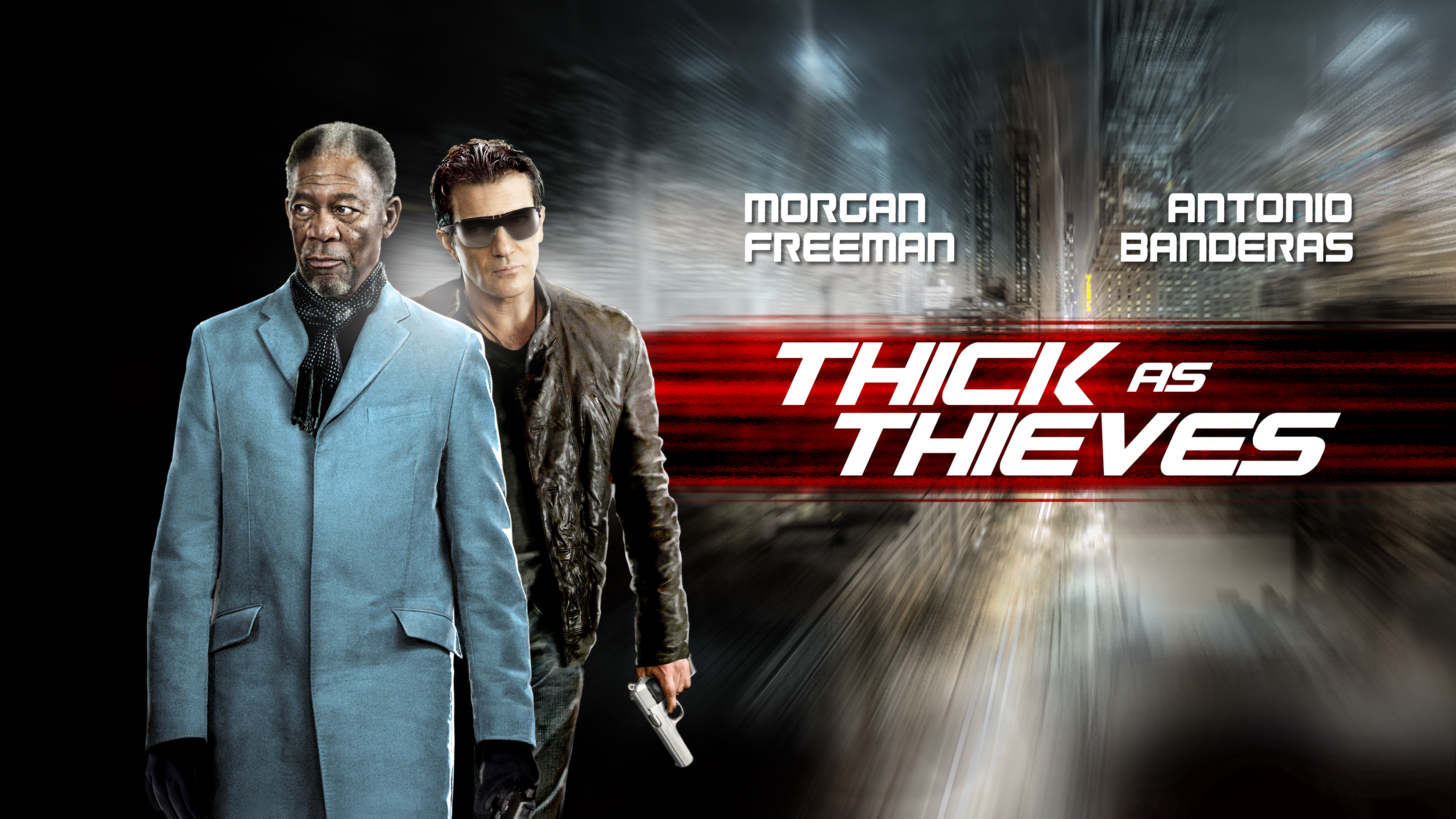
The Kiru (2025) arrives as a bold new entry in the samurai genre—a dramatic reimagining set during Japan’s tumultuous Sengoku period. At its heart is Kiru, a lone warrior haunted by the massacre of his family and the collapse of his once-honorable clan. Sworn to silence—his voice taken as punishment—Kiru embarks on a quest that’s as spiritual as it is violent, seeking justice, redemption, and his stolen voice.
From the opening scene, the film immerses us in feudal landscapes—misty forests, crumbling temples, and rain-slicked lantern-lit villages. Cinematography balances grand panoramas with intimate, close-up duels, giving each sword strike weight and meaning. These are not mere action set-pieces; they are character-driven reckoning sessions.
The silent Kiru is brought to life through subtle expressions and fluid movement. His only companion: Ayame, a resilient shrine maiden whose knowledge of healing and ancient lore supports his journey. Together, they track the merciless warlord responsible for Kiru’s suffering. Along the way, they encounter morally ambiguous figures—fellow ronin, peasant rebels, and a mysterious monk—each testing Kiru’s resolve and revealing shades of loyalty, betrayal, and sacrifice.
A standout feature is its emotional clarity. Kiru’s vow of silence turns internal conflict outward: he must reconcile his thirst for blood with the compassion Ayame embodies. Their bond offers the film a softening center, grounding the violent rituals in shared humanity. Visually, the samurai-style duels echo classic cinema while feeling raw and immediate—each encounter feels fraught, not choreographed.

Yet the film never romanticises the sword. Blood spills not for spectacle, but as consequence—each kill weighs on Kiru’s conscience, reminding us that violence leaves wounds deeper than scars.Some viewers might find the pacing contemplative, especially in stretches devoted to reflection rather than battle. And Kiru’s silence, while powerful, could limit dialogue-driven character depth. That said, the film seems to intentionally favor mood and atmosphere over exposition.
The Kiru (2025) feels like a spiritual successor to classics like Harakiri or Seven Samurai, offering a modern sensibility infused with timeless themes. It presents a samurai tale that’s less about martial prowess and more about the burden of justice, the cost of vengeance, and the search for one’s voice in a broken world. If it balances its poetic quietude with sharp emotional arcs, this could stand as one of the most memorable samurai films of the decade.



